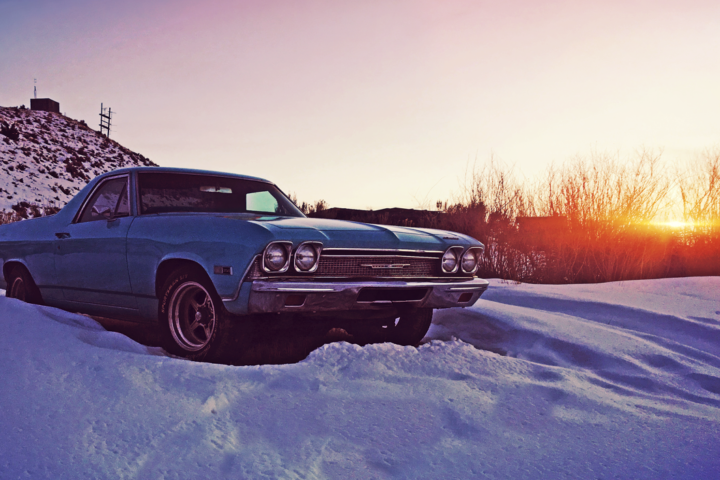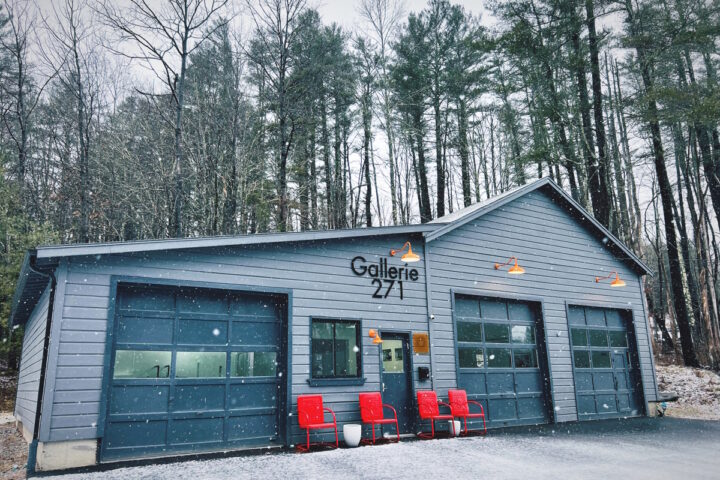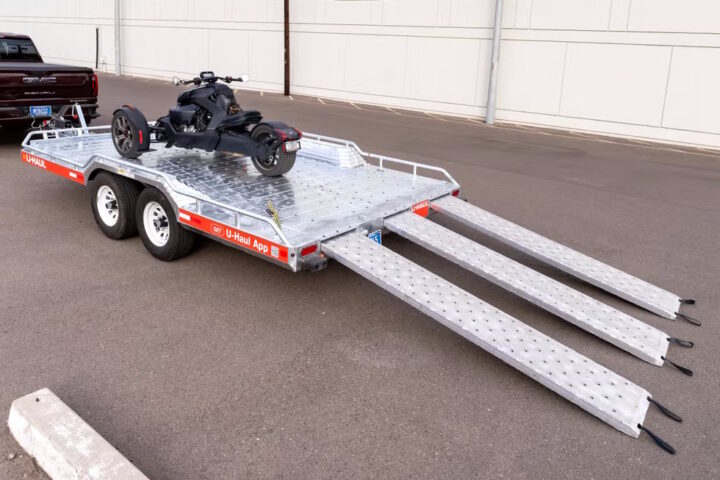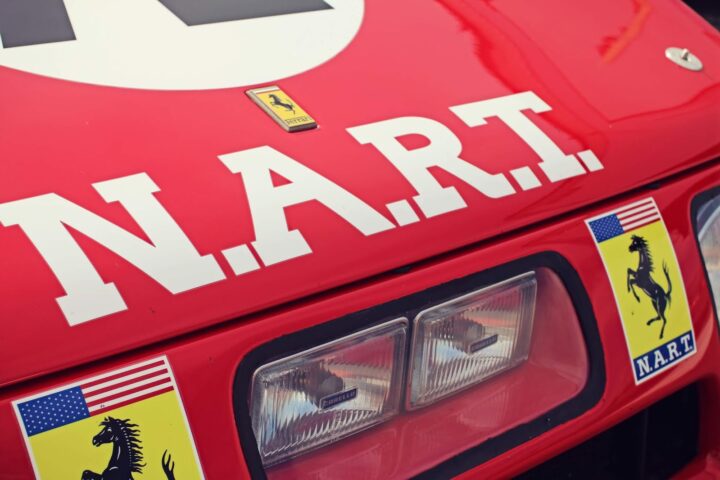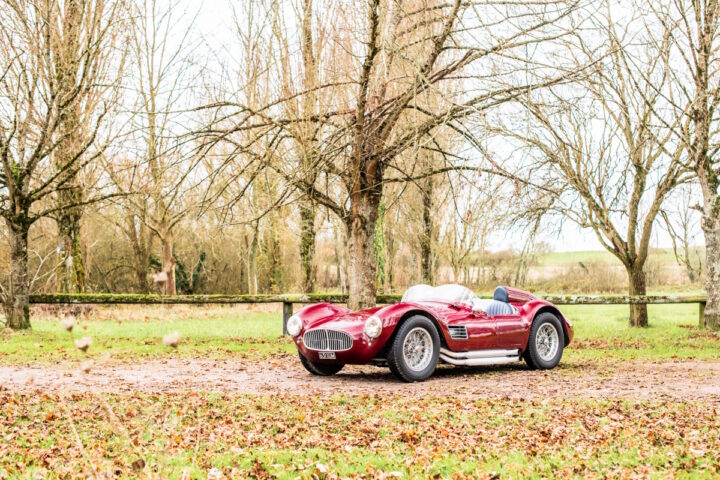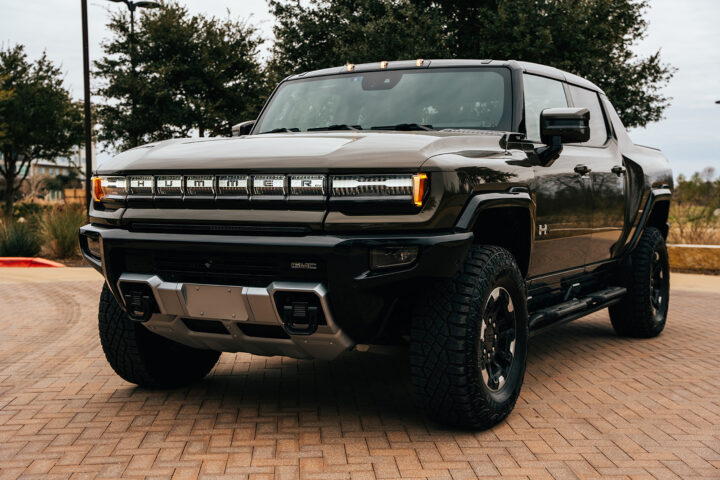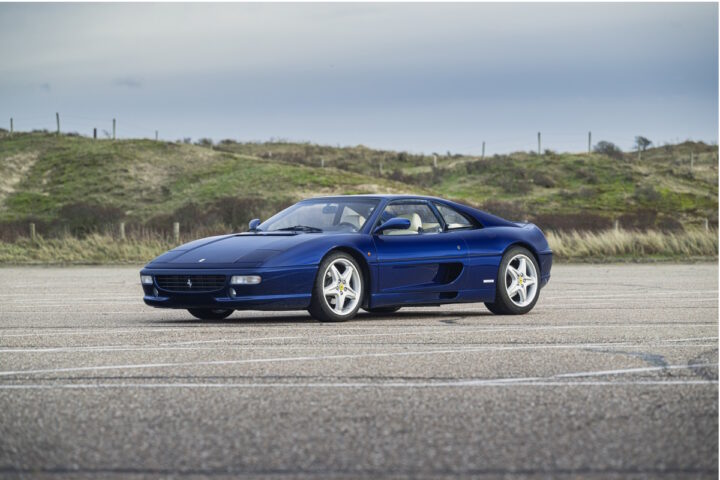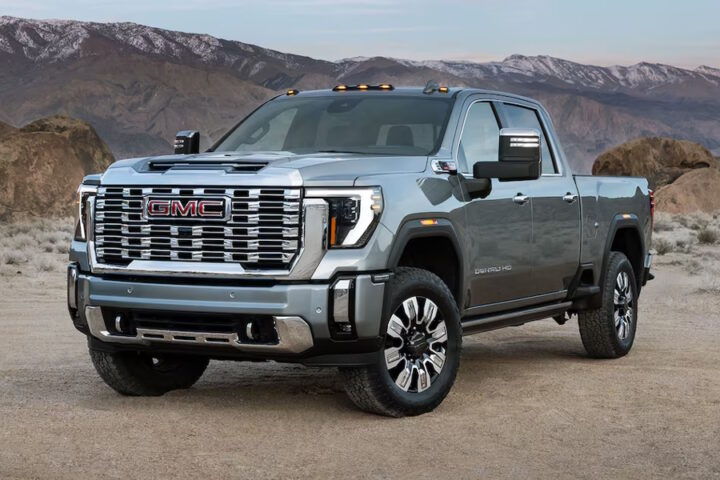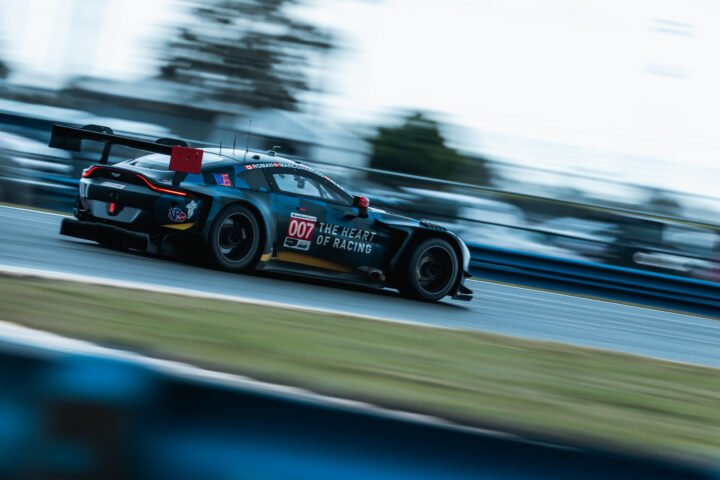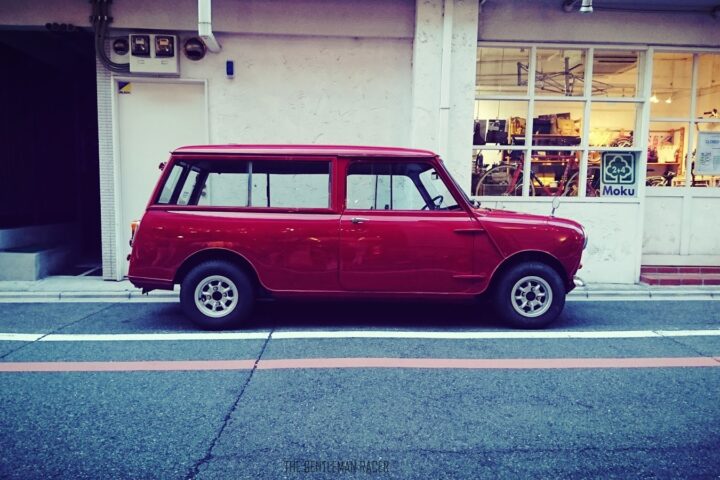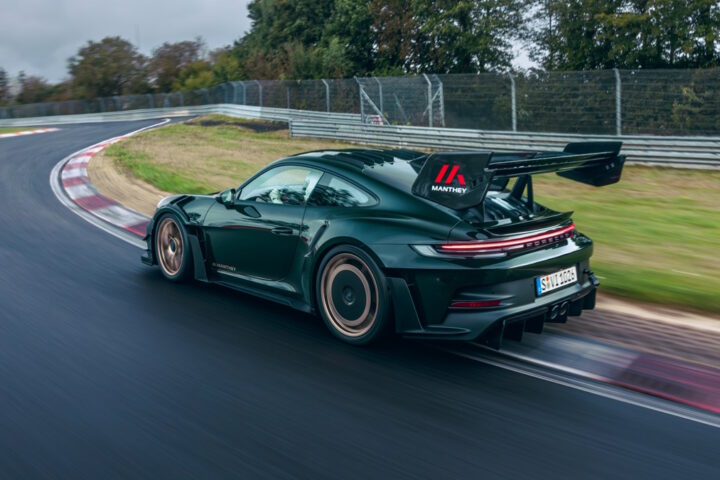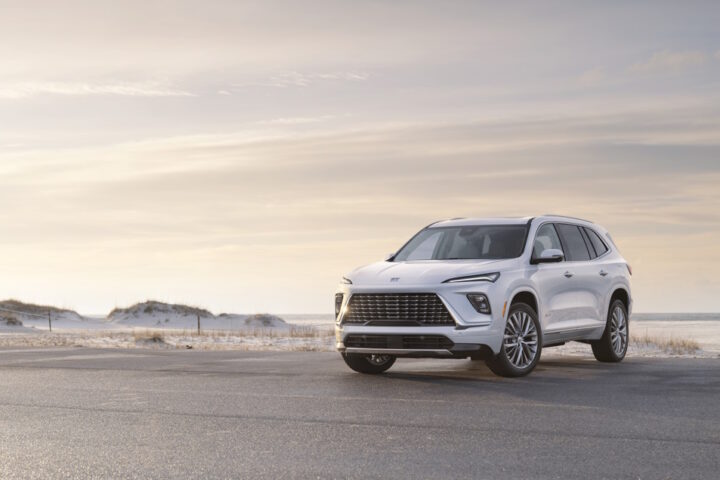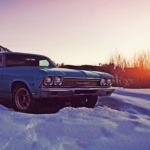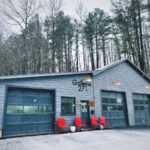
Route 66, for many, is one of those things in life that develops its own persona through folklore. It has been immortalized by Bobby Troupe, Will Rodgers, Charles Kuralt, and John Steinbeck. For some, it represents the best of our society; for others, it is a painful reminder of a lost past and sense of community. My recent trip started with a phone call from my little sister who was planning on moving back to California with her husband and their new baby, she asked if I could help drive one of their cars back home to Southern, California. I was excited at the chance to stop off and photograph some of the places that I had missed before and experience the mother road once more.

I arrived in Chicago, the weather was warm for December and the plan was left out the next day. We would be driving a new Kia Soul, a fun little car with just hardly 1,800 miles on it. We would be adding over 2,400 more in this one trip. We headed southwest through Illinois towards the Missouri state line, I had hoped to stop off in Joliet, IL to see the Rialto Square Theater, opened in 1926 the theater was modeled after the Hall of Mirrors in the Palace of Versailles, however, it was closed at the time. The theater is a reminder of a forgotten era when going to the theater meant putting on more than a clean pair of jeans.
We pushed in our south/ southwest push towards St. Louis, nightfall was coming and the Gateway Arch was illuminated, so it could be seen from a long ways off, the Chain of Rocks Bridge (Pictured Above)was once the main crossing of the Mississippi River, and now serves as a pedestrian bridge. Once in Missouri, we visited interesting cities named mostly for places we have been at war with, Cuba, Lebanon, and Marlborough. The Wagon Wheel Motel has been serving travelers a warm bed since 1935, and it looks today much like it did back then.
A short foray into Kansas leads you to Baxter Springs, a cow town that was a major stop for cattlemen driving their herds north and famous for being a hideout for outlaws like Jesse James and Bonnie and Clyde. Route 66, like many of these towns, is also Main Street. Stop off at the Route 66 Soda Fountain for a drink before you get to Oklahoma.

Oklahoma, if it is anything, is flat. Just before you get to the Art Deco grandeur that is Tulsa, the small town of Catoosa boasts one of those classic roadside oddities of the past. Hugh Davis built a massive blue whale at the family roadside attraction/swimming hole/zoo as an anniversary gift to his wife in the early 70s. It took a lot of welding and concrete to make the whale (below) a reality. Moving along into Tulsa, Art Deco and Big Oil combined to create some of the most amazing architecture in Middle America. Buildings like the Boston Avenue Methodist Church, Union Station, and Westhope by Frank Lloyd Wright can all be found in Tulsa.
We pulled off in Sapulpa, hoping to find a little diner or local restaurant. Still, sadly, like many of the towns primarily bypassed by the highway, the majority of the city was empty, the buildings were boarded up, and even the Waffle House was closed and fenced off. Once you get past the traffic and congestion in Oklahoma City, most of the cities along the route are sadly much like Sapulpa. The last town before we enter the great state of Texas is Texola, a nearby ghost town with less than 40 residents.

Texas is a special place since my family has hailed from Texas since before statehood, and we still have lots of family in the state. But more important than that is Shamrock, Texas, a town that is famous for just one thing. Having one of the coolest gas stations ever built. The Conoco Tower Gas Station (Pictured Above) was built in 1936 and has been preserved much as it was, except now serving as the town’s chamber of commerce. It also inspired Ramone’s House of Body Art in the Disney film Cars.
The trip through the Texas panhandle is short, with areas so wide open you can see the earth’s curvature. The largest city in the area is Amarillo, a town built on beef and cotton. If it is beef, you want to stop in at “The Big Texan Steak Ranch” (Pictured Below), home of the 72oz steak challenge; if you can eat the four and a half pounds of meat, a small salad, bread, and baked potato, you can join the ranks of the few who have had the tenacity and the waistline to be a champion.
Before you know it, you are passing into New Mexico. They call it “the land of enchantment,” but you won’t find much in this stretch. We did discover a town that had a Chinese Restaurant and Massage Parlor (not next to each other, the same business), but don’t plan on stopping until you get to Albuquerque if you plan on eating again.
After Albuquerque the enchantment still escapes you until you get to the town of Gallup, the must-see of Gallup is the historic El Rancho Hotel. Opened in 1937 and during the heyday of the Hollywood Western, the El Rancho was favored by stars like John Wayne, Ronald Regan, and Marilyn Maxwell. The hotel was a hub of activity serving and home base for many film productions. This is another one of those classic hotels that are still open, much like when the Duke was a resident.
Arizona is peppered with great little towns, and the topography makes it a much more pleasant drive than you will find in much of New Mexico. Towns like Holbrook have the charm you would expect to find along Route 66, with a Wigwam Teepee Motel that is one of just three still operational. But if you are looking for accommodations in Arizona, the historic La Posada Hotel in Windslow is the place to stay. Built-in 1929 the hotel was originally a Harvey House, the famed restauranteur and hotel builder spent the equivalent of $40 million dollars building and furnishing La Posada.
The next fun stop on the trip is Oatman, Arizona, a small town with a lot of donkeys. Not far from the California border is a town with pretty much one paved road. The main street, Route 66, can sometimes be hard to drive down since the donkeys have the right-of-way. But it is a fun little town that plays off the Old West theme with a Saloon, Gun Fight show, and lots of little shops to browse. 

The route gets a little choppy from here on out; it dead ends in Ludlow, and you have to get on the highway for a bit, and then a military base cuts it in half, forcing you back to modern roads. But the strip between Barstow and Victorville is a nice drive through mostly farmland and small towns, making you almost forget you are in the desert. In Barsotow is another Harvey house, which is still owned by the railway and serves as a station for Amtrak and Greyhound. It is done in a Spanish Moore style and is a great bit of history.

As we make our way down from the high desert once again, the road is cut up, and we have to take Interstate 15 for a short while. Getting back to the old road in Cajon, this stretch has a number of the original bridges built during the Work Progress Administration days. Not much else is down in this section, except a few old motor campsites that have old signs (below)and a rest area that overlooks the river and train tracks.
 Pushing down into San Bernardino, the city that once was so grand, is in a sad state, its former greatness crumbling all around you. This is a put-the-top-up kind of town if you are in a convertible, but thankfully, the road turns west again and towards safer and more interesting areas. In the town of Rialto is the second Wigwam Motel that is still open on Route 66, it is a well maintained motel, but the area is not known as being one of the better ones to stay in. I recommend stopping, buying a tee shirt from the gift shop to move on west.
Pushing down into San Bernardino, the city that once was so grand, is in a sad state, its former greatness crumbling all around you. This is a put-the-top-up kind of town if you are in a convertible, but thankfully, the road turns west again and towards safer and more interesting areas. In the town of Rialto is the second Wigwam Motel that is still open on Route 66, it is a well maintained motel, but the area is not known as being one of the better ones to stay in. I recommend stopping, buying a tee shirt from the gift shop to move on west.
You will see Bono’s Historic Orange stand on the left as you come into the city of Fontana. This section of Route 66 is now completely developed, so one city simply blends into the next until you reach Santa Monica. The Orange and the cafe both look as if they could be ready to open, but they are permanently closed. 
Upland is the next city you will reach. If you have time, take a quick detour down to Old Town Upland, just off of Route 66. The town has a fine example of an early Carnegie Library as well as a quaint small-town feel. It is also the last city in San Bernardino County along the route. If you are hungry, you can stop off at the Buffalo Inn for a famous Buffalo Burger.
Once you enter L.A. County, you are in the city of Claremont, famous for its colleges and their classic craftsmen and Spanish homes from the 20s and 30s. It is an ideal town with tree-lined streets and a real sense of community. The cities all tend to blend together, except a sign letting you know that you have just crossed into a new town. Pomona’s city is noticeably different from Claremont’s, with its run-down buildings and boarded-up shops. The city is the home of the Fairplex, if you are a car buff check the calender to see if the world famous Pomona Auto Swap Meet is being held, it is a one stop place to shop if you are a gear head.
La Vern, San Dimas, Glendora, Azusa, Irwindale, and Duarte all kind of blend together; it is not until you get to Monrovia that you find another unique bit of Route 66 history, the Aztec Hotel (below). Built-in 1925, it was built in the Mayan Revival style by famed architect Robert Stacy-Judd. It has been a regular in Hollywood films and is said to be haunted. The hotel is a pretty good value, with rooms starting as low as $45 a night, which is not bad since you could stay in the same room that once hosed Bing Crosby or Mickey Rooney.
The next big highlight of the route is the Colorado Street Bridge that connects Pasadena to Glendale, this fantastic concrete bridge was built in 1913. The bridge has a colorful and tragic history starting with the construction, a worker slipped and fell head first into the freshly poured concrete sinking in the mix like quicksand. It was determined that he could not be saved in time, and his body was left in the quick-drying cement. Since the opening of the bridge, more than 100 people have jumped to their deaths. The bridge was restored in the early 1990s with the addition of a suicide prevention rail.
In no time, you will find yourself in Los Angeles, headed down some of the most famous streets in the world. Colorado takes you to Figueroa past Dodge Stadium towards downtown L.A. and the city’s historic center. Then, a turn onto Sunset Blvd., heading on to Santa Monica Blvd., through Hollywood, West Hollywood, Beverly Hills, and finally, the end of the road at the Santa Monica pier (below).







